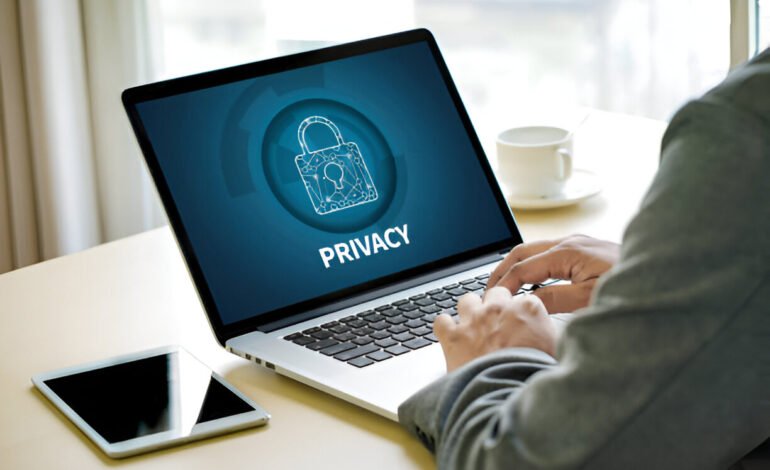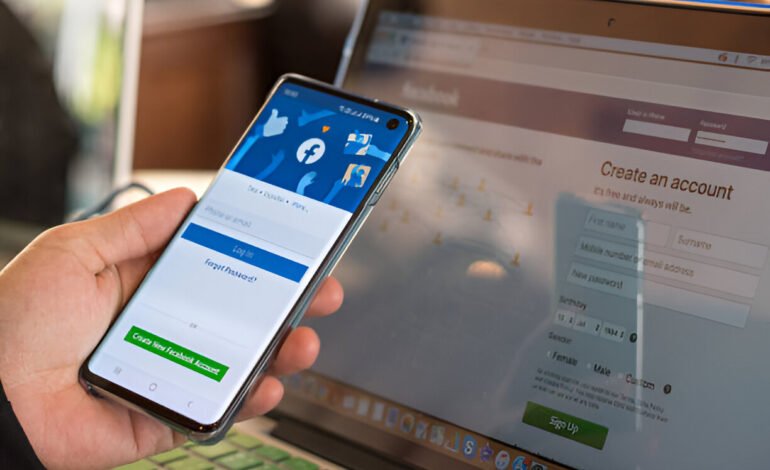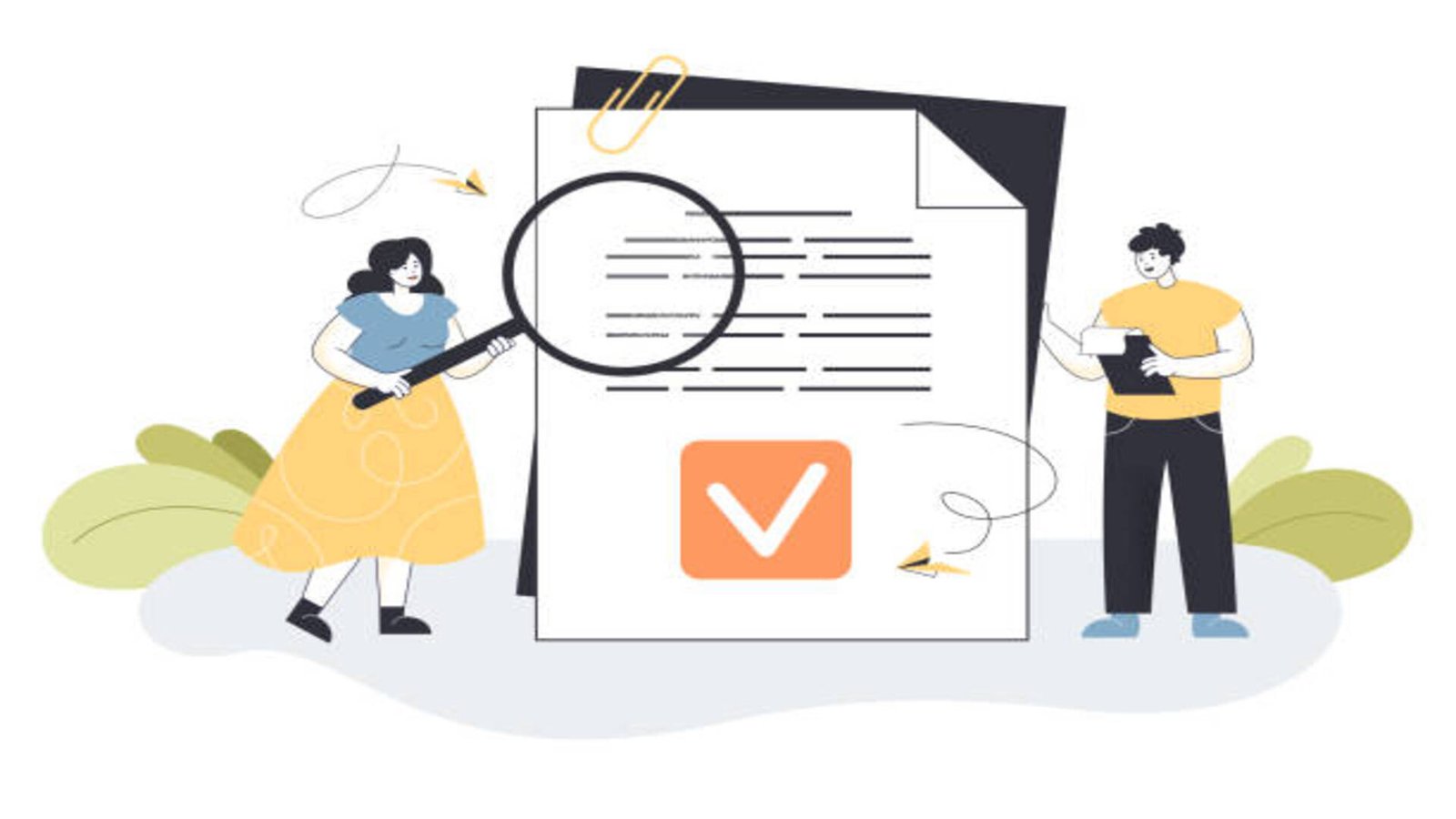
Data Privacy vs. Cybersecurity – Finding the Balance in a Digital World
Imagine waking up one morning to find all your personal data compromised by a phishing attack from that innocuous-looking mail that you opened the previous night. Your bank account has been emptied, your social media accounts have been breached, and all your sensitive information has been breached. This is what one may call a nightmare, which may happen to anybody at any time.
Verizon’s data indicates that 30,458 cyber threat incidents have been reported in 2024. It is a digitally driven world where connected digital technologies have not only made it possible to store and share our personal information but also increased the risk associated with data breaches and cyber-attacks. Finding the exact line between data privacy and cybersecurity seems necessary at this point in the digitally driven world.
In this article, we shall examine how these two very important concepts balance against one another, with associated implications for our digital lives.
The Rise of Digitalization and its Consequences
The fast speed of digitalization has increased the amount of personal data shared, stored, and used. An IBM report shows that the average person generates approximately 1.7 megabytes every second, and it is expected that the volume of global data will grow to 175 zettabytes by 2025. The huge data volumes have opened numerous opportunities for businesses and people alike but have also introduced several attendant risks.
Some other risks associated with increased usage of personal data are the following:
- Cyber-attacks, such as phishing and ransomware attacks, lead to data breaches and financial losses;
- Terrorism-related activities that may leverage digital channels for the purpose of propaganda and recruitment;
- Identity theft and fraud, causing financial loss and reputational damage;
- Other crimes include cyberstalking and harassment.
One thing that becomes very evident with all these is that there is an immediate need for much more research on the risks and consequences of digitalization. In addition, there is an emerging call for more skilled and qualified manpower to help wrestle with this menace.
Aspiring professionals can gain valuable skills and develop effective solutions through programs like a bachelor of security studies. Increased investment in education and training will enhance our workforce’s ability to address the complex security threats of the digital age.
Understanding the Risks of Data Privacy and Cybersecurity
As we become evermore dependent on digital technologies, so does the need to be aware of the risks related to data privacy and cybersecurity. These risks have serious consequences for individuals and organizations because they might give access to sensitive information and affect trust in digital systems.
Data Privacy Risks
The risks associated with data privacy are growing and have huge potential to cause loss of sensitive information and erode trust in digital systems.
- Surveillance: The government or big firms collect personal data and monitor, at times, manipulate human behavior. This again raises concerns linked to privacy and civil liberties.
- Data Breach: Sensitive information gets compromised; hence, people are now exposed to the risk of identity theft, financial losses, or even reputational damage.
- Identity Theft: Criminals commit fraud with stolen personal data by opening credit accounts, taking loans, etc., which again means financial losses, emotional distress, etc.
Cybersecurity Risks
The risks associated with cybersecurity are equally alarming and have the potential to compromise entire systems while business operations come to a grinding halt.
- Cyberspace Attacks: Phishing attempts, malware, and other kinds of attacks could bring down the integrity of the whole system, allowing sensitive data to be stolen and disrupting business operations.
- Ransomware: Hackers demand financial payment for the reinstitution of data use, hence financial loss and reputation damage.
- Phishing attacks: The hackers use social engineering to deceive unsuspecting people into releasing sensitive information, including their login credentials and other finance-related information.
These have potentially high consequences. The average cost of a data breach in 2024 was $5.17 million, underlining the financial implications of these risks. Moreover, the cost of data breaches and cyber-attacks on the plane of emotions and their reputational damage may be long-lasting and devastating. Therefore, awareness among people and organizations about the risks and measures taken for mitigation will help create a safe and secure digital environment.
The Delicate Balance between Data Privacy and Cybersecurity
Data privacy and cybersecurity, in most cases, work at cross-purposes to each other even as they seek to ensure that sensitive information is maintained in a particular fashion. While data privacy tries to protect the personal information of the client and ensure it is used appropriately, cybersecurity tries to protect all digital assets from unauthorized access and attack. This is in instances where the measure adopted to achieve the set security breaches the rights of individuals to privacy—through measures such as close monitoring and collection of personal data.
Thereby, consolidation becomes important. Organizations should provide transparency regarding the use and control of user data on one side, while accountability is no small thing, as companies and governments should be held liable for handling data with structured protocols not to misuse it. Other critical areas would be individual control—users should be able to control their data, deciding for themselves what kind of information they intend to share and with whom.
Many companies and governments alike have wrestled with this balance over the years. The debate has, for example, put Apple under criticism over its plans for scanning users’ photos for illegal content—invasive, though for security purposes.
On the other side, it is the rigid implementation of the GDPR by the European Union that resulted in penalties against companies like Meta, which were collecting more data than needed, thus making one realize that robust security practices actually create tension with respect to privacy concerns.
Tips and Tools for Ensuring Online Security
The protection of online security does not lie in the hands of companies and governments alone. Individuals play a critical role. Here are some of the essential tips to safeguard your online identity:
- Use Strong Passwords: Make complex passwords consisting of a mix of letters, numbers, and symbols. Never have the same password across different accounts.
- Enable Two-Factor Authentication: This will create a second factor. Put another way, it will add another layer of protection by having the user verify through a second means in addition to a password.
- Anti-Virus Installation and Update: Updating anti-virus software regularly might help protect devices against malware and other cyber threats.
- Safe from Phishing Scams: Never click links or download attachments from unknown sources.
The balance between data privacy and cybersecurity is very critical in the digitized world today. In this respect, it becomes very important for individuals, companies, and governments to be more proactive in safeguarding sensitive information while not mitigating against the respect of privacy rights. Continued innovation and dialogue are very important in effectively managing these challenges. Working together and making informed decisions can secure a safe and protected online environment for all.





